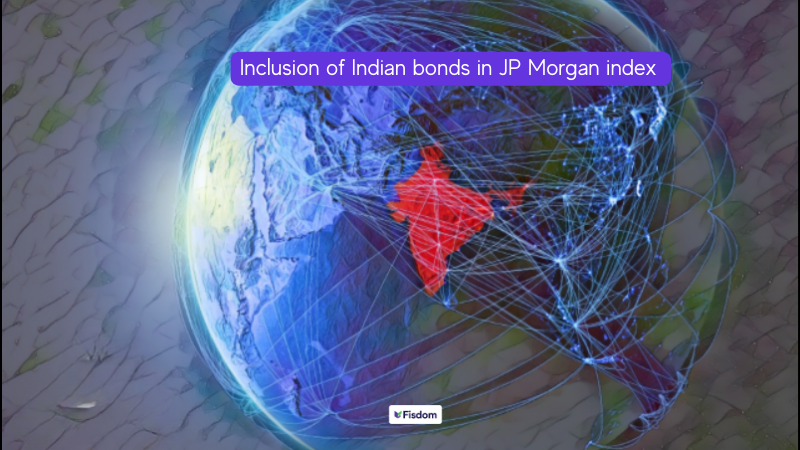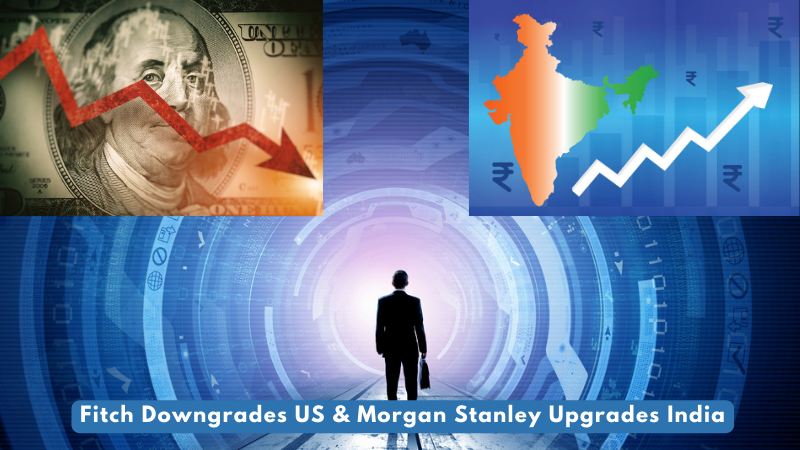
What is the topmost concern that has gripped the majority of the world today? Among the top five answers, you will definitely find inflation. The world economies had been barely surviving the from the covid pandemic and the Russian-Ukrainian war added fuel to that fire. Literally! The rising crude prices have been a driving force behind the increasing inflation and the effects of the same are trickled down to every aspect of the economy. The US which is considered to be the strongest economy in the world is facing all-time high inflation which is almost 8.6% approximately (one of the highest rates in the world and the country’s highest level since 1981)).
In the wake of this rising inflation, the US had increased the Fed Rates and the impact of the same was seen across the globe. The Fed rates were increased by 75 basis points to the range of 1.5% to 1.75% and are further expected to be increased by another 50 to 75 basis points in the month of July. But the nagging question for most readers is why is a country’s immediate response to the rising inflation an interest rate hike?
Given below is a brief discussion as an answer to this question and the related aspects of the same.
What is inflation?
Before understanding the solution, let us first understand what is inflation and why is a serious concern for any economy. Inflation is a rise in the prices of commodities in the country and a reduction in the purchasing power of money in general. A healthy level of inflation is good for any country and when backed by a balance between the demand and supply of commodities and rising GDP, it can put a country on a growth path. A problem rises when inflation goes beyond the healthy levels and creates an imbalance between the basic demand-supply functions in the country coupled with other factors detrimental to the economy.
What are the common causes of inflation and its types?
There are a series of factors responsible for high inflation in a country. These factors include micro and macro factors like consumer expectations, demand and supply pressure on commodities, the purchasing power of the citizens of the country, monetary policies, and the supply of money i.e., its liquidity policy, etc. Experts agree that there are three types of inflation in any economy.
- Demand-pull inflation
This is the classic form of inflation when the demand for commodities in a country is way higher than its supply. This shortage drives the prices on a higher side.
- Cost-push inflation
This type of inflation is the result of an increase in the raw materials of commodities or an increase in their production costs. This results in an increase in the overall prices of the commodity.
- Built-in inflation
This is the final type of inflation that is usually generated out of consumer expectations. It is like a vicious circle where the wages of the consumers are increased to meet the increased cost of living which in turn increases the overall prices. An increase in wages further increases the cost of production leading to an increase in the ultimate prices.
How does a rate hike help in curbing inflation?
As discussed above, inflation is caused by multiple factors and the current situation in the country is the result of the disruption of the supply chain due to the ongoing war and the rising crude prices which have led to food inflation. The hike in the interest rate may not be a complete or permanent solution to the inflation crisis but it is definitely the best band-aid given the current situation. With the increase in the interest rates, the cost of borrowing will increase and also have a negative impact on the demand in the country which in turn will eventually help in stabilizing the demand-supply of commodities in the market. The long-term effect of this move is to prevent inflation from entering every aspect of the economy and making it difficult to manage.
What are the perils of curbing inflation through rate hikes?
Raising the interest rates to beat the rising inflation is not the most optimum solution especially in the current scenario when the global inflation is a result of multiple factors. Excess rate hikes, if not kept in check, will hamper the growth of the economy and will lead to reduction in the GDP. For a developing economy like India, this can be a warning sign that cannot be ignored and urgent steps need to be taken to correct the same and save the economy. The economic disaster in Sri Lanka should be a lesson of how bad monetary policies and hyperinflation can ruin an economy. The path of return from excess inflation levels is extremely difficult and agonizing and needs to be avoided at all costs.
Conclusion
The increase in interest rates is being implemented in multiple countries across the globe in the face of rising inflation. While the road to economic recovery is not quick, the effect of such government measures will definitely be seen in the long run. Coupled with many government measures and growth prospects of a young and dynamic country like ours, we can rest assured that the future is not bleak!
FAQ
The current inflation level in the country stands at 7.04% in May 2022 which was lower than that of the previous month (7.9%).
Repo rate is the rate at which the apex bank lends money to commercial banks in the country.
The immediate impact of the increase in the interest rates is seen on all types of loans offered by banks and other lenders as their cost of borrowing has increased directly impacting their profits.
The key types of inflation in any country are demand-pull inflation, cost-push inflation, and built-in inflation.



























